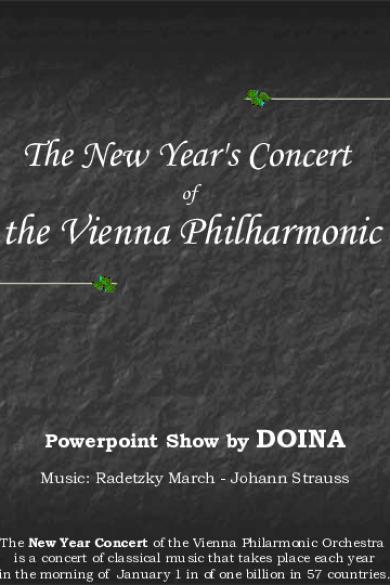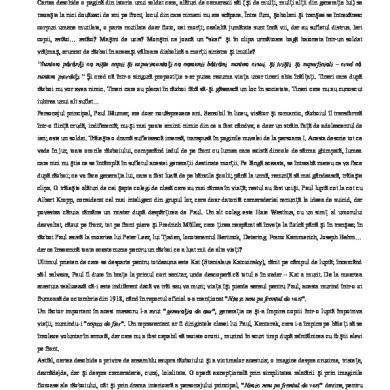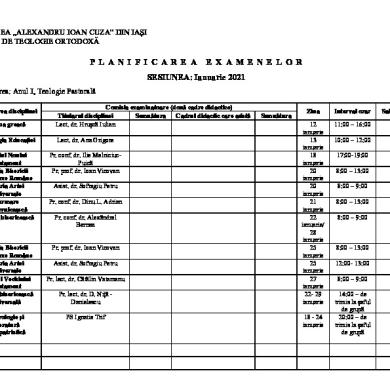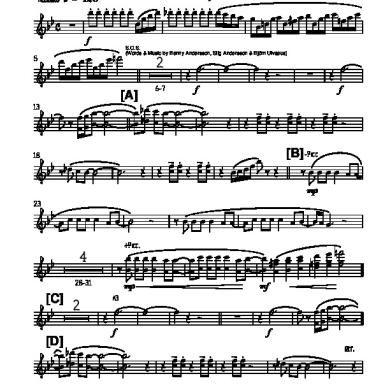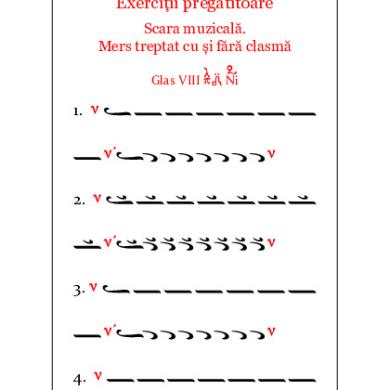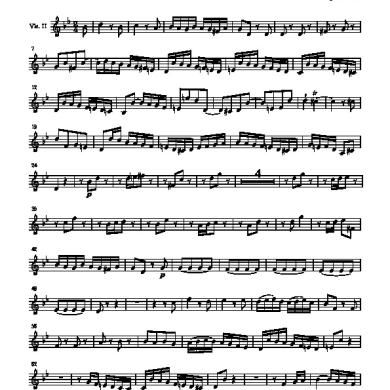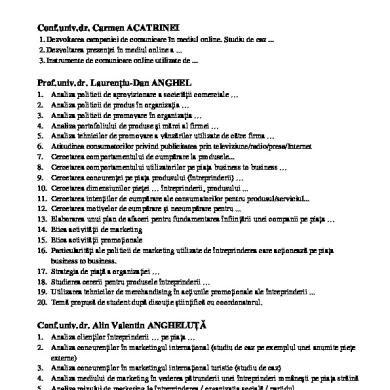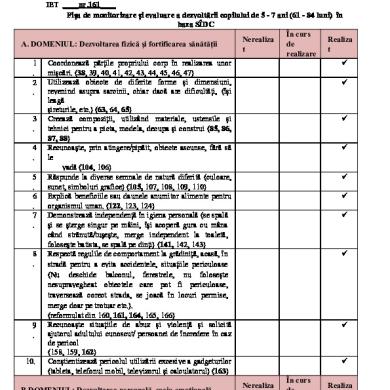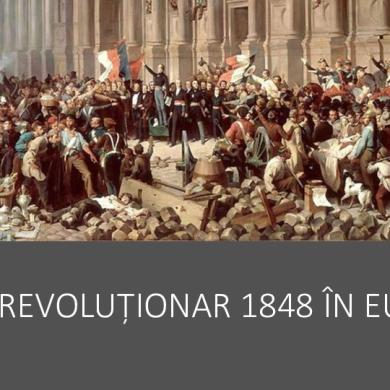* The preview only shows a few pages of manuals at random. You can get the complete content by filling out the form below.
Description
The New Year's Concert of
the Vienna Philharmonic
Powerpoint Show by
DOINA
Music: Radetzky March - Johann Strauss
The New Year Concert of the Vienna Philarmonic Orchestra is a concert of classical music that takes place each year in the morning of January 1 in of one billion in 57 countries.
These concerts not only delight the audiences in the Musikverein in Vienna, but also enjoy great international popularity through the world wide television broadcasts, which now reach over 57 countries. Originating during a dark period of Austria's history, these concerts were initially conceived for a local audience as a reminder of better times and a source of hope for the future. Today millions of people throughout the world are similarly encouraged by the light-hearted yet subtly profound character of this music, and draw joy and optimism for the New Year ahead.
The origin of the Vienna Philharmonic Orchestra dates back to 28 March 1842, when Otto Nicolai, composer of The Merry Wives of Windsor, conducted a "great concert" promoted by "all the orchestral musicians of the Royal Imperial Court Opera Theatre". The principles then laid down are still valid today, the orchestra being a self-governing, democratic institution.
These concerts have been held in the "Großer Saal" (Large Hall) of the Wiener Musikverein since 1939. The flowers that decorate the concert hall are a gift each year from the city of Sanremo, Liguria, Italy.
Info for music lovers: The Vienna Musiverein is famous for its "Golden Hall" – home to perhaps the most famous orchestra in the world, the Vienna Philharmonic. This "Goldener Saal" is famous for its mysterious acoustics that some have termed an acoustic “miracle”. The concert hall has 1,744 seats, and standing room for 300.
Conductors Clemens Krauss, 1939, 1941–1945, 1948–1954 Josef Krips, 1946–1947 Willi Boskovsky, 1955–1979 Lorin Maazel, 1980–1986, 1994, 1996, 1999, 2005 Herbert von Karajan, 1987 Claudio Abbado, 1988, 1991 Carlos Kleiber, 1989, 1992 Zubin Mehta, 1990, 1995, 1998, 2007 Riccardo Muti, 1993, 1997, 2000, 2004 Nikolaus Harnoncourt, 2001, 2003 Seiji Ozawa, 2002 Mariss Jansons, 2006 Georges Prêtre, 2008 Daniel Barenboim, 2009
The orchestra is joined by pairs of ballet dancers in one piece during the second part of the programme. The dancers come from the Vienna State Opera Ballet and dance at the Schonbrunn Palace.
The concert is popular throughout Europe, and more recently around the world. The demand for tickets is so high that people have to preregister one year in advance in order to participate in the drawing of tickets for the following year. Indeed, many seats are reserved by some Austrian families and passed down from generation to generation. The event is broadcast by the Eurovision Network which includes most major networks around Europe (including BBC Two in the United Kingdom). It is also broadcast on PBS in the United States (beginning in 1985), TVE in Spain, NHK in Japan, SBS in Australia etc. Since 2006, the concert has been broadcast to viewers in several African countries (Botswana, Lesotho, Malawi, Mozambique, Namibia, Swaziland, Zambia and Zimbabwe) and those in Latin America (Ecuador and Bolivia).
The concert always ends with three encores after the main programme. The first encore is a fast polka. The second encore is Johann Strauss II’s Blue Danube Waltz, whose introduction is interrupted by applause of recognition from the audience. The musicians then collectively wish the audience a happy new year, play The Blue Danube and close With Johann Strauss. Sr.’s Radetzky March. During this last festive piece, the audience participates with the traditional clap-along, and the conductor turns to the audience in time to conduct them instead of the orchestra.
The concert was first performed in 1939, and conducted by Clemens Krauss.
It is the desire of the Philharmonic not only to provide musically definitive interpretations of the masterworks of this genre, but at the same time, as musical ambassadors of Austria, to send people all over the world a New Year's greeting in the spirit of hope, friendship and peace.
http://www.slideshare.net/doina
